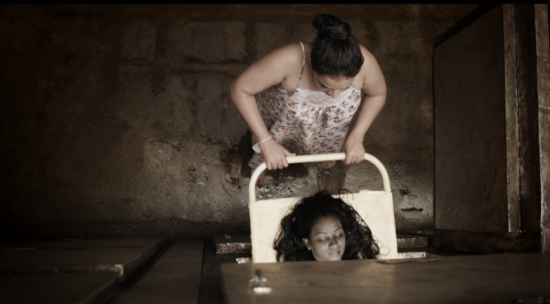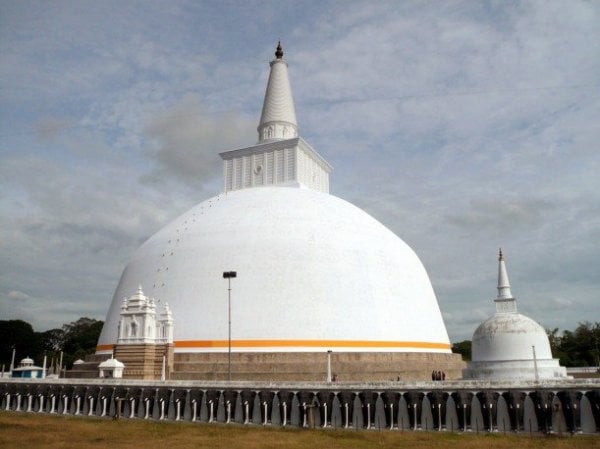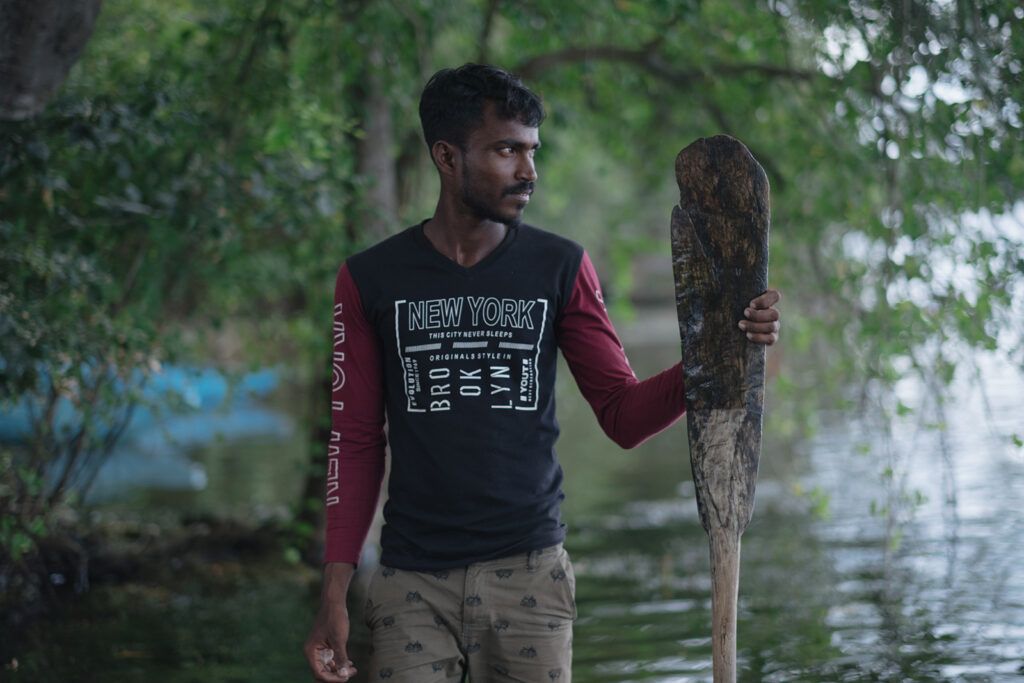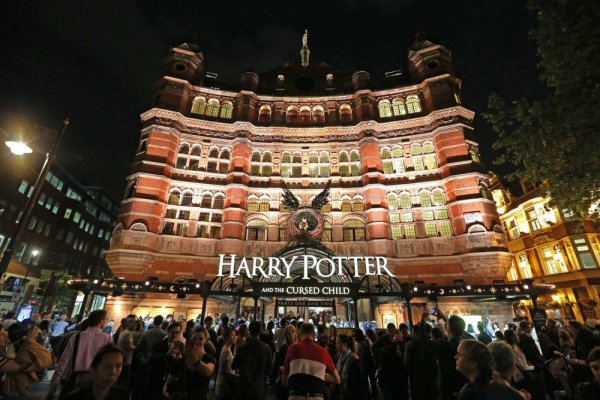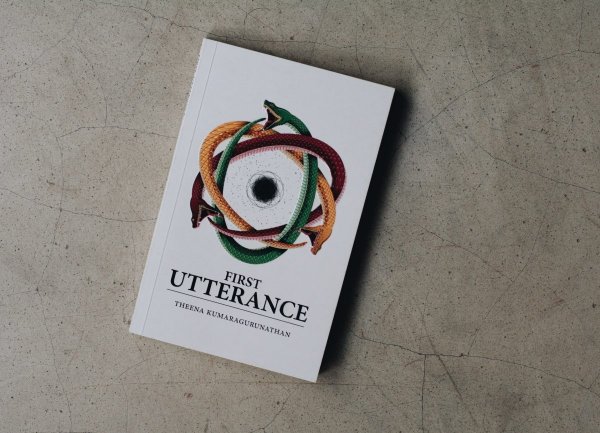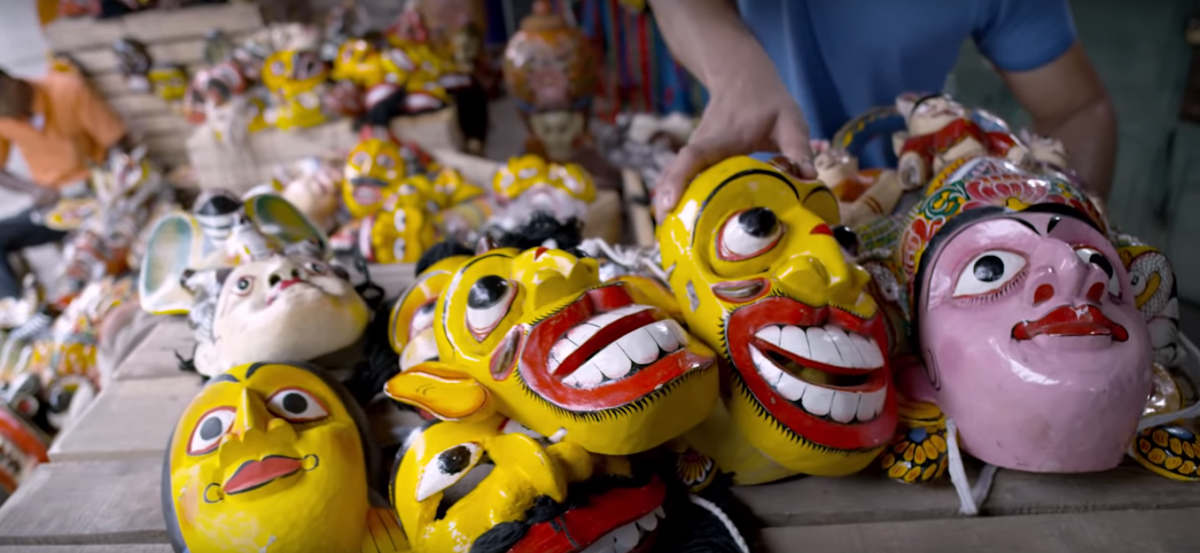
The arts have always been a release, a form of comfort, a source of happiness and Sri Lanka is home to many culturally exclusive forms of the arts that have many Sri Lankans smiling with immense pride. Although the country has a history of being influenced by other cultures and traditions, a few of the arts, however, have evolved and maintained a distinct Sri Lankan essence that sets them apart and continues to add value to the island’s rich heritage.
Unfortunately, these art forms do not get the attention they deserve as they have been around for decades, perhaps centuries and been part of Sri Lankan culture that they might be under-appreciated.
1) Beeralu
Beeralu is a form of lace making that originated during the Portuguese reign in Sri Lanka. These designs have been passed down through generations and are still being used as trimmings for dresses, curtains, table spreads, clothing, bedding, and chairs. Intricate designs are first drawn onto graph paper and pinned onto the ‘Kotta Boley’ outlined by pins which are used by the weaver as a guide as they utilize a variety of knots to bring the Beeralu to life. Currently a reputed household industry, Beeralu weavers can be found along the coastal regions of the country.
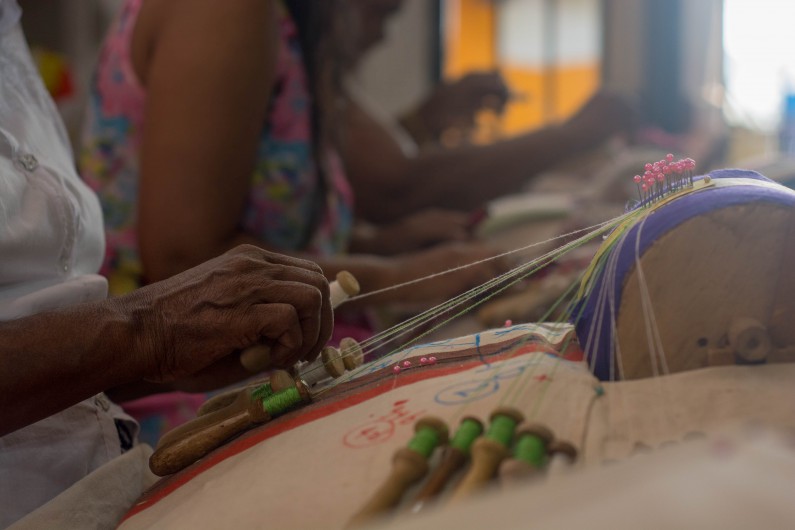
2) Mask Making
Mask making originates from Sri Lankan folklore and have been used in rituals, dramas and healing rites since the 1800s. Crafted using a light wood called Kaduru, these handmade masks are carved into folktale characters that portray beautiful and emotional stories enacted by experienced dancers and actors. These colourful and meticulously detailed masks are believed to cure physiological issues and are still known as Devil Dances to this day. Influenced by Kerala and Malabar mask making techniques, the art of Sri Lankan mask making incorporates a combination of a variety of decorative motifs and colour along with improved designs inspired by ancient Sri Lanka.
Currently known as a family trade, mask making can be easily found around Ambalangoda, Wathugedara, Benthara and other cities along the Western coast. Known as ‘The heart of mask carving’, Ambalangoda is also home to a mask museum that includes a mask-making workshop, showroom, and various other educational and awareness exhibits.
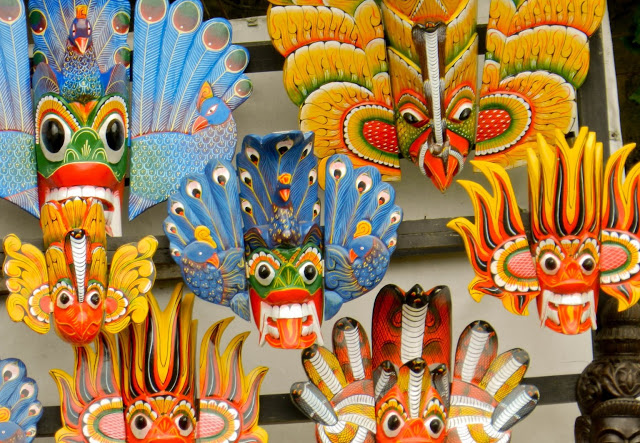
3) Laksha
Laksha is the traditional form of creating intricate wooden decor using lacquer. Various decorative household items are crafted using resin harvested from the bark of lacquer beetle-infested trees. Once the resin is scraped off the bark, it is then melted down, strained and pigmented to required colours and left to dry. Once dried, the lacquer is applied using either one of the following techniques. Beeralu Veda or spool-work places the wooden base on a lathe and is applied using an angled lacquer stick while the lathe spins. This method depends on the lacquer melting due to the friction caused by the spinning which melts the lacquer allowing it to seep into the wood giving it a lasting glossy coating. Niyapothu Veda or nail-work uses heated lacquer drawn into a fine thread, layered into intricate patterns and covered in varnish. This technique is popularly found in the village of Palle Hapuvida, Matale. These beautiful wooden works of art can be found as walking sticks, bowls, vases, ashtrays, containers and more islandwide.

Image credit: Timeout
4) Clay Pottery
Clay pottery is one of Sri Lanka’s oldest crafts AND is still part of everyday household items used for cooking, food storage and planting along with terracotta figurines, vases, bowls, and other souvenir or gift items perfect for tourists and migrated locals. Since its inception, this method of the arts has involved soft clay being placed on a spinning wheel while being hand-moulded into any shape or size imagined by the sculptor. Once the desired shape is finalized, the pot is taken off the wheel and placed in a brick oven to dry and solidify. Molgoda, located along the Colombo-Kandy road, is one of the most famous locations for Sri Lankan pottery where visitors can watch skilled sculptors craft these rustic pieces of art.

Image credit: Timeout
5) Batik
Batik is an art form with Indonesian roots that has developed into a uniquely Sri Lankan esthetic and has been firmly established within the country. As one of the most widespread crafts, the industry depends on individual creativity and designs which attracts both tourists and locals. Batiks use a variety of motifs and colours along with traditional and contemporary detailing on cloth that can be used as clothing, bedding, and other household related clothing. First, layers of wax and dye are infused with cloth and dried. Once the designs are done, the wax is scraped off to reveal the stained patterns and the cloth is then boiled. This method of dyeing uses hydrochloric acid to ensure that the colours are absorbed into the cloth while direct sunlight brightens it up. This process is repeated until the desired effect is achieved. A visit to the coastal region of Sri Lanka will showcase rows of brightly coloured dresses, shirts, sarongs, beachwear, tablecloths, cushions and much more.

Image credit: Wikimedia
These art forms have held the hearts of Sri Lankans and tourists alike as regardless of their origins, they have all adapted through the years to truly bring out serenity and happiness.
Signal’s Sina Bo Wewa campaign embraces Sri Lankan art forms along with the joy it brings to those who appreciate and partake in it. Just like these world-famous live art forms, the equally famous Sri Lankan smile is considered art too which is why Signal aims to keep it alive for generations to come!

